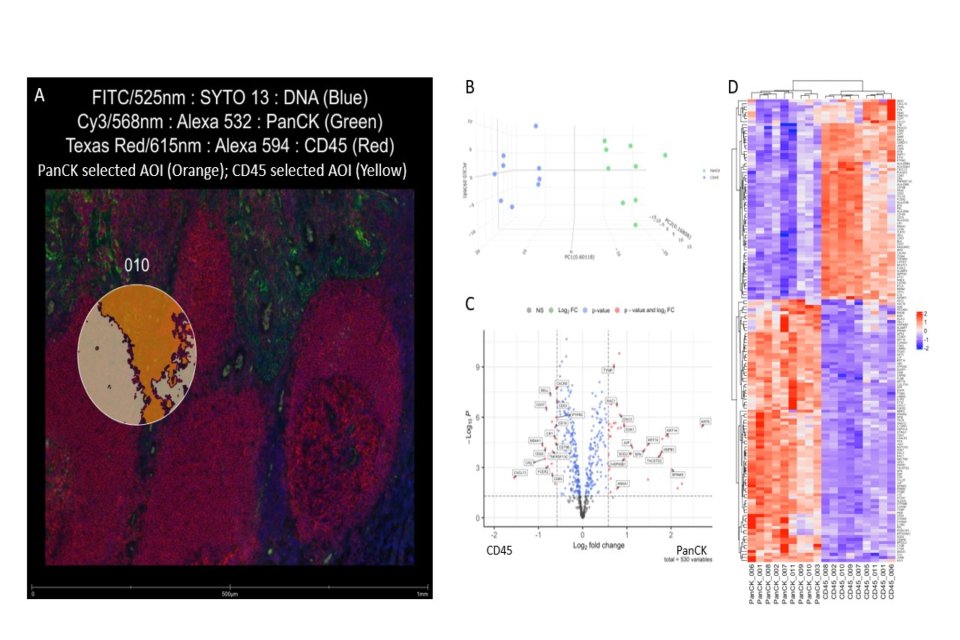Advanced Spatial Biology and Research Histology Facility
The Saint Louis University Advanced Spatial Biology and Research Histology Facility provides a wide range of microscopy equipment and histological and microscopy services on a fee-for-service basis to researchers at SLU and those at other universities and businesses around the world. We specialize in techniques that bridge microscopy and molecular techniques and provide multiple related services.
ASBRH Work Request RLEM Microscope Reservations
Our technical staff will assist researchers in planning experiments, working at the microscopes and evaluating results. We carry out microscopy projects for researchers at many starting points. We are sensitive to the importance of getting results to the researcher as quickly as possible, and we endeavor to maintain the shortest turnaround times consistent with sample volume and complexity.
Services
- Fixation, processing and sectioning of samples for paraffin, frozen and plastic workflows
- Routine and special histological stains for paraffin and frozen tissue sections
- Automated and manual immunohistochemistry (IHC)/immunofluorescence (IF) for paraffin and frozen tissue sections
- Digital spatial profiling services (transcriptomics and proteomics)
- RNAscope, BaseScope in situ hybridization
- Tissue microarrays
- Whole-slide scanning and web database storage
- Microscopy training
- Microscopy project design
Please inquire about other services not listed above.
Sample Submission Policies
Frequently Asked Questions
We are in the Saint Louis University School of Medicine in Schwitalla Hall, Room M102. The entrance to the building is at 3545 Vista Avenue. Please enter at this address and you will be directed to our facility.
Our prices are competitive with other facilities that offer microscopy services. Please review our current pricing here:
Investigators within SLU can bring the sample to our lab or call us to arrange pick-up from a lab. Those in the St. Louis metropolitan area can bring the sample to our lab or submit using our online sample submission tool.
You can do your own scope work if you have been trained to use the microscopes. There will be a charge for scope time, but no additional charge for ASBRH personnel. Please contact us well in advance to schedule an appointment.
